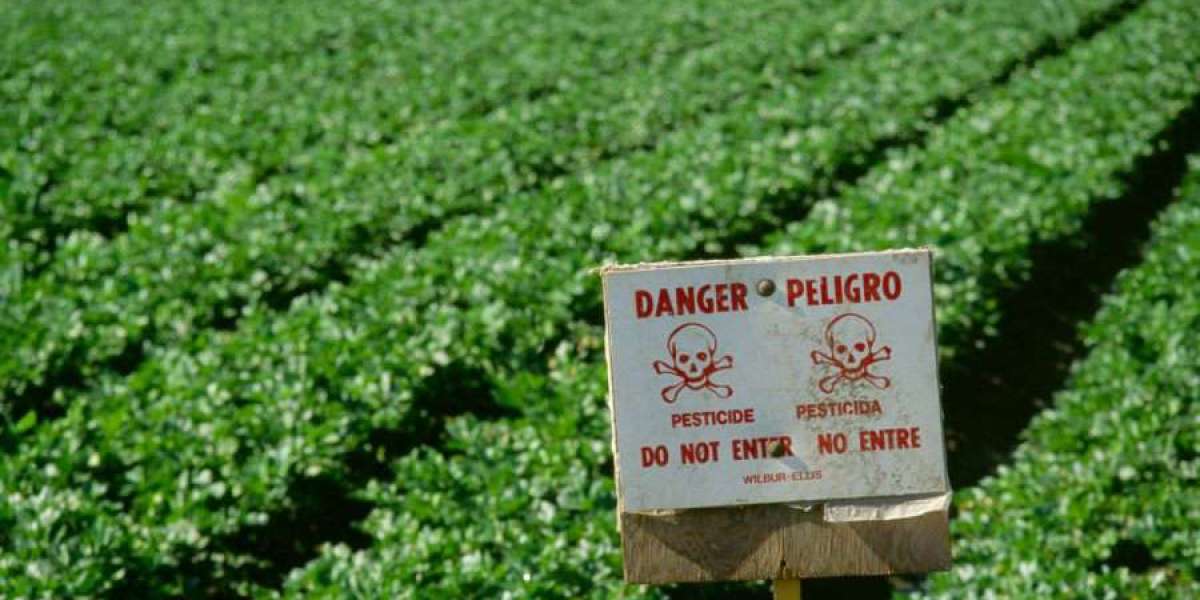The biopesticides market has gained attention as a promising alternative to synthetic chemical pesticides, driven by the global shift toward sustainable agriculture and increasing consumer demand for safer food. However, despite this positive momentum, the market is not without its challenges. Several threats, both internal and external, pose risks to its long-term growth, stability, and global adoption. These challenges, if not addressed proactively, could stall innovation and disrupt the momentum of eco-friendly pest management practices.
Limited Farmer Awareness and Trust
One of the most significant threats to the biopesticides market is the limited awareness among farmers, especially in developing and rural areas. Many farmers are still unfamiliar with how biopesticides work, their correct application methods, and the benefits they provide. Unlike chemical pesticides, which offer visible and rapid pest control, biopesticides often work gradually, requiring patience and careful timing.
This slower action leads some farmers to view them as less reliable or less effective, creating hesitation in adoption. Without proper education and field demonstrations, misconceptions about the performance of biopesticides persist. Overcoming this challenge requires sustained investment in training programs, on-ground support, and success-based storytelling.
Regulatory Inconsistencies Across Regions
The regulatory landscape for biopesticides is fragmented and inconsistent across global markets. While some countries have developed fast-track approval systems and incentive schemes for biological products, others still treat biopesticides under the same rigorous and time-consuming processes used for synthetic chemicals.
This lack of harmonization slows product approvals, increases costs for manufacturers, and limits international expansion. Regulatory uncertainty also discourages startups and small firms from entering the market, creating a barrier to innovation and broader competition. Without a coordinated global effort to streamline regulations, the biopesticides sector risks lagging behind other segments of agritech.
High Cost of Development and Commercialization
Developing a new biopesticide product involves substantial research, trials, and testing. The cost of isolating effective microbial strains, proving their safety and efficacy, and navigating regulatory requirements can be prohibitively high—especially for smaller companies. Additionally, maintaining the quality and stability of biological products during production and storage presents further challenges.
Compared to chemical pesticides, which have long-established supply chains and large-scale economies, biopesticides often have higher production costs and shorter shelf lives. This cost disparity can make biopesticides less attractive to price-sensitive farmers and distributors, especially in competitive markets.
Competition from Chemical Pesticides
Despite rising environmental awareness, chemical pesticides continue to dominate global crop protection. Their long-standing presence in the market, immediate results, and broad-spectrum activity make them the default choice for many growers. Agrochemical companies have deeply embedded relationships with farmers, established distribution networks, and significant marketing resources.
This creates a strong competitive barrier for biopesticide companies trying to gain ground. Moreover, in times of severe pest outbreaks or crop disease emergencies, farmers may fall back on chemical pesticides due to their fast-acting nature, further reducing opportunities for biopesticide adoption.
Variability in Field Performance
Another key threat lies in the inconsistent performance of biopesticides across different environments. Since they rely on living organisms or natural substances, their effectiveness can be influenced by temperature, humidity, soil conditions, and crop type. A product that works well in one region may underperform in another.
Such variability poses challenges for large-scale adoption and product standardization. It can also damage farmer confidence if the product fails to deliver consistent results. Addressing this issue requires ongoing research, region-specific formulations, and improved delivery systems that stabilize product efficacy under diverse conditions.
Storage and Shelf Life Issues
Biopesticides are often sensitive to temperature, moisture, and sunlight, which can affect their viability and effectiveness. Many biological products require refrigeration or special packaging, increasing the logistical complexity of storage and distribution, especially in remote farming areas with limited infrastructure.
Shorter shelf life compared to chemical counterparts further adds to supply chain difficulties, making it harder for retailers to manage inventory and for farmers to store products for long-term use. Overcoming these logistical hurdles is essential for expanding biopesticide accessibility in broader markets.
Resistance to Change in Traditional Practices
Agriculture, especially in regions dependent on subsistence or smallholder farming, tends to follow traditional practices that have been passed down for generations. Introducing new technologies like biopesticides often requires a cultural shift in thinking. Farmers may be resistant to change, skeptical of new products, or influenced by peer behavior.
Without strong community-level engagement and evidence-based success stories, this resistance can delay the transition to biological alternatives. This social inertia, if not addressed with the right communication and support strategies, poses a significant threat to the sector’s growth.
Conclusion
While the biopesticides market holds immense potential, it must navigate a complex landscape of threats and limitations. These range from low awareness and performance variability to regulatory and economic challenges. Addressing these issues requires a collaborative effort from governments, industry stakeholders, researchers, and farmer communities. By focusing on education, innovation, and supportive policies, the industry can overcome current threats and unlock the full promise of sustainable, biological crop protection in the global agricultural ecosystem.








